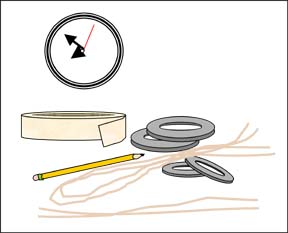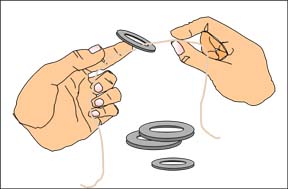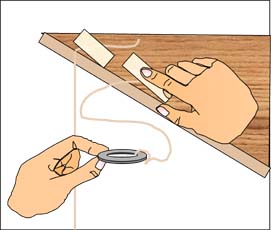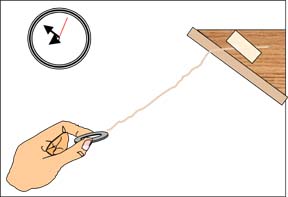 |
 |
|
|
|
|
Contributed by: Council of Chief State School Officers (CCSSO/SCASS)
Description:Students investigate variables which may seem to affect the movement of a pendulum, or "swing." Students are then asked to interpret their observations and come to the conceptual discovery of the pendulum.The physical experiment itself is designed for obvious results: that is, the shorter the string, the faster the swing. The weight of the pendulum bob (washer) bears no relation to the period of its swing, nor does the amplitude (the arc incidental to the original force exerted in setting the bob in motion). This task is designed to take students approximately 40-50 minutes to complete.
Overall Task Content Area:
Specific Knowledge Areas:
Performance Expectations:
National Science Education Standards: 4 B PS 2: Position and Motion of Objects: Grades K-4
4 A SI 1: Ability to do scientific inquiry: Grades K-4
1.4 Use data to construct a reasonable explanation. 4 A SI 2: Understanding about scientific inquiry: Grades
K-4 (Use the "hot" link on the PALS home page to check the full text of related National Science Education Standards, if desired.)
National Council of Teachers of Mathematics:AL4: Analyze change in various contexts:Grades pre K-5 c. investigate how a change in one variable relates to a change in a second variable DAP1: Formulate questions that can
be addressed with data and collect, organize, and display relevant
data to answer them: DAP3: Develop and evaluate inferences
and predictions that are based on data: MEAS1: Understand measurable attributes of objects and
the units, systems, and processes of measurement: PS1: Build new mathematical knowledge through problem
solving: RP3: Develop and evaluate mathematical arguments and
proofs: REP3: Select, apply, and translate among mathematical
representations to solve problems:
Students will be working in groups of 4-6 for the experiment/activity part of this exercise. Each student must record the information in his or her own booklet (test papers). Allow from 20 to 25 minutes to complete the group work, and a similar time period for students to do their individual answers to the test questions. Students should be ready to work as soon as the period begins. Group assignments should be made in advance. The materials should be set out at each lab station, if possible. A central supply area, if needed, should be accessible. All supplies should be clearly labeled.
Safety:
Extensions/modifications:
|



